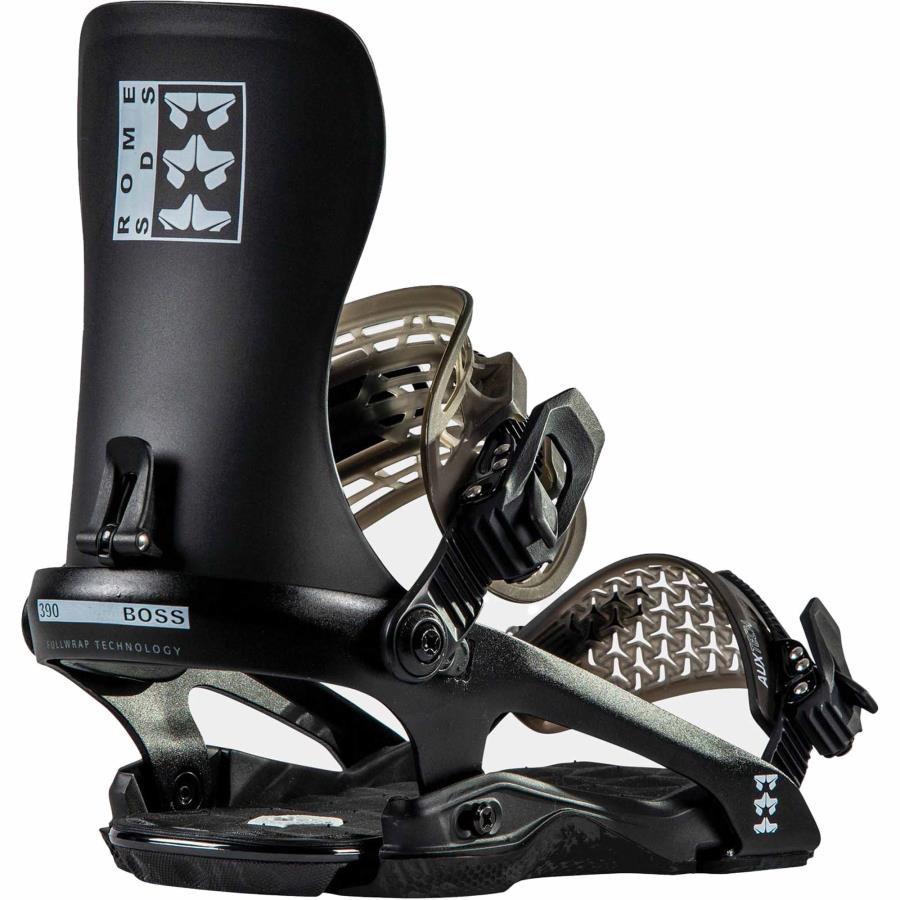The Absolute Guide to Buying Snowboard Bindings
Which Snowboard Bindings should I get?
_(1).png)
Snowboard Bindings are the interface between you and your board. Without bindings, your feet would not stay on the board for long! Your bindings are critically important because they convert body movements into control over your snowboard, so it is very important to get the right snowboard bindings for your riding style and ability level.
In this handy guide, we'll walk you through the individual elements that make up a binding and what effect this has, together with what different types of bindings are out there. With this knowledge, you'll be in a much place to seek out the ideal bindings to meet your specific needs.
Anatomy Of A Snowboard Binding
Snowboard bindings are made up of lots of different elements, and each of them can have a big effect on comfort, feel and performance. This little guide should help you better understand what each part does, so you're more able to choose the perfect binding for how you ride.
The highback is the vertical part at the back of the snowboard binding that helps increase support and control. Different highback constructions play a big role in the overall feel and performance of a snowboard binding.
The baseplate is one of the most important parts of a snowboard binding as it provides the platform that all the other parts are attached too. When you include the heelcup it becomes known as the chassis. This is because much like the chassis of a car it provides the backbone and support of the whole binding. Baseplates can be made from several different materials which we will cover below.
The heelcup is the loop that wraps around the heel of your snowboard boot. This prevents you from sliding out the back of the binding and gives a platform for the highback to attach to. Heelcups can be made from several materials but are most commonly made from polycarbonate or metal (usually aluminium). Polycarbonate is lighter and more flexible than metal however is not as durable.
Metal heelcups are heavier than polycarbonate but provide greater support and power transmission.
The footbed is the softer part which covers the baseplate and is the setion that the sole of your boot comes into contact with. Footbeds must therefore be stable enough to stand on all day, but not too solid that they become uncomfortable.
The ankle strap helps pull your foot into the snowboard binding and ensures you stay in your bindings. The quality, materials and design of ankle straps can vary greatly between brands but they all perform the same basic task.
The toe strap holds your forefoot into the snowboard binding and helps leverage the binding when doing a heel side turn. A solid strap means better power transmission and less wasted energy.
Ladders attach to the snowboard binding baseplate and provide a platform for tightening your straps so that they fit snug and secure over your foot. Poor quality ladders mean that they wear over time, causing the ratchets to slip.
Ratchets are the only moving parts of a snowboard binding and allow you to tighten the straps over your foot for a snug and secure fit. A lot of technology goes into the production of a ratchet as you don't want one for these to fail when you're riding. Some brands use space age tech like magnesium in their buckles which is stronger, more durable, doesn't rust and is lighter than other metals.

Snowboard bindings come in different sizes which differ from brand to brand but are usually expressed in Small, Medium, Large etc. It is important to get a pair of snowboard bindings that fit your boots correctly or you can end up with pressure points or poor performance.
On our website, the easiest way to select the correct sized snowboard bindings for your boots is to use the filters on the top of the page. This will allow you to narrow your search to just show relevant snowboard bindings that will fit your boots.
When it comes to snowboard bindings, riders have a variety of options to choose from, each offering its own unique features and benefits.
Automatic bindings, or Convenience Bindings, exemplified by innovations like the Burton Step On and Nidecker Supermatic systems, revolutionise the boarding experience with their effortless entry and exit mechanisms.
These bindings are the quickest bindings to get in and out of, and feature a simple step-in design that securely locks the boot into place, eliminating the need for traditional straps and buckles. Riders can enjoy the convenience of quick transitions between runs without sacrificing performance or reliability.
The main difference between the Burton Step On and the Nidecker Supermatic bindings are that Burton use their own specialised boots, whereas Nidecker Supermatics allow for most boots to be used. Burton Step On also have reduced weight due to the lack of extra straps, however Nidecker Supermatic bindings include extra straps to have the option to use as traditional bindings too.
Step in snowboard bindings are great for people who want to be in and out in seconds, people who don't want to sit down to do up their bindings each time, or those who have differences in mobility, so find these easier to operate.
Explore Burton Step On and Nidecker Supermatic bindings today.
.png)
Explore Our Step In & Step On Bindings
Semi-automatic bindings, such as those offered by Flow Designs, offer a hybrid approach that combines elements of both automatic and traditional strap-in bindings. These bindings feature a rear-entry system that allows riders to slide their foot into the binding without the need to adjust straps each time.
Once the boot is in place, a quick ratchet system secures it firmly, providing a snug fit and responsive control. Semi-automatic bindings are favoured by riders who value convenience and efficiency on the mountain but still prefer the familiar feel of traditional strap-in bindings. .
Explore all our Flow Bindings today.
.png)
Explore Our Flow Designs Bindings
Traditional strap snowboard bindings are the most popular type available and use a tried and tested method to secure your feet to your board. Your boot sits in the chassis of the binding and one strap secures the ankle (the ankle strap) and another strap secures your toes (the toe strap).
Each brand offers different styles of straps to secure your boots, but all of them offer the same functionality unless otherwise stated on our website.
Explore all our Traditional Bindings today.
_(1).png)
Explore Our Traditional Bindings
It is important to get snowboard bindings that match you riding style to ensure you get the best possible performance.
Freestyle snowboard bindings feature a softer flex which delivers the most amount of freestyle freedom to allow you to tweak grabs and press on boxes or rails. These bindings are also great for all mountain riding if you prefer a softer, more forgiving ride.
All mountain snowboard bindings combine freestyle freedom with freeirde edge to edge response. These will usually have a mid flex or will combine different flexing base plates and highbacks to fine tune performance. These are the go to category for people who go everywhere and do anything on the mountain.
Freeride snowboard bindings represent the higher end of snowboard binding construction and are not for the faint hearted. Ultra stiff baseplates combined with stiffer highbacks mean all of the energy you transfer through your bindings is directed to your boards edges for incredible response and precision.
Freeride bindings often make use of exotic materials such as carbon fibre to increase power and response without increasing weight.
The chassis or baseplate is the bottom part of the snowboard binding that your foot sits on. This provides the contact with your board dictates the amount on energy that is transferred from rider to board.
Polycarbonate chassis constructions are generally a good choice for riders who like a more forgiving feel for all mountain and freestyle riding. Polycarbonate can bend and form into different shapes without cracking which allows for loads of freestyle freedom when used in the park or conditions where flexibility is needed.
Metal chassis constructions produce the stiffest and most responsive snowboard bindings on the market. A rigid construction means ultimate power transmission from rider to board with minimal wasted energy. Metal constructions are often made from aluminium but can combine different alloys for different performance.
Hybrid chassis constructions are the most popular snowboard binding constructions on the market today.
These bindings combine polycarbonate baseplates and metal heel cups to deliver a fusion between powerful response and freestyle freedom. Each brand uses different combinations of materials to shave weight and dictate performance so it's important to read the product description of each binding thoroughly before making a final decision on which snowboard bindings are best for you.
The highback is the vertical part at the back of the snowboard binding that helps increase support and control. Different highback constructions play a big role in the overall feel and performance of a snowboard binding.
Polycarbonate is the most popular highback construction and can be made in different ways to deliver varying levels of control and freestyle freedom.
Polycarbonate is a great material to work with as the flex, support and torsional rigidity can be fine tuned during production to tune the exact performance of a highback.

Urethane is a compound which allows for extreme torsional flexibility in a highback.
These highbacks are generally used in freestyle or jib orientated bindings as it allows the binding to flex with the boot laterally, but still deliver edge to edge control.

Carbon Fibre is the premium highback material and is generally used on freeride specific bindings due to its power and precision.
Carbon fibre is often used in conjunction with polycarbonate to deliver incredible response from edge to edge and transfer every bit of energy directly to your boards edges. Carbon Fibre has the added bonus of being much lighter than polycarbonate and urethane.

Straps are an integral part of a snowboard binding as they ensure you foot stays planted in the binding. They perform an important task as they have to ensure a good rate of energy transfer whilst maintaining comfort to prevent pressure and discomfort when riding.
Standard straps wrap your ankle with a single piece of material. These straps represent the cheaper, lower end of snowboard binding straps as they are easier to produce.

3D straps are sewn into a shape that mimics your boot shape, allowing it to conform to your boots contours. These straps represent the pinnacle of bindings strap design and deliver comfort like nothing else on the market. The pre molded shape completely eliminates pressure and pinch points and means your feet stay comfortable all day long.

Much like standard ankle straps, standard toe caps are made from a single piece of material. They are designed to be worn over the top of your toes.

Toe cap straps are pre shaped into the shape of a snowboard boots toe section and are designed to be worn over your toes. This allows for ultimate comfort by eliminating pressure and pinch points. They also pull your foot back into the binding to deliver a better interface between binding and boot for better energy transfer.

There are 3 mounting systems currently in use for snowboards and snowboard bindings. It is important to check that the snowboard bindings you buy are compatible with the mounting system that your snowboard has.
4 Hole is the industry standard mounting system which works with most snowboards (excluding Burton & Endeavor). As the name suggests this system uses a pattern for 4 holes laid out in a square so there is one screw in each of the 4 corners of the square.
This is a solid mounting platform that gives great power transmission through the bindings to the snowboard. Some brands are now using minidisc which have a smaller mounting platform than standard 4 hole but with the same pattern. This reduces 'dead spots' and promotes a more natural board flex.
4 Hole snowboard bindings are compatible with 99% of all 4 hole snowboards but it is important to note that if your snowboard bindings come with a mini disc then it may not be compatible with reduced insert boards. These are boards that have the standard 4 hole mounting pattern but with every other insert removed to save money and weight.

For a short while Burton used a 3 hole (or 3D) mounting system which reduced the standard mounting pattern by one screw.
This reduced the binding footprint on the board to cut down on 'dead spots' and promote a more natural board flex. This mounting pattern is laid out in a triangular/diamond shape. 3 Hole was phased out in favour of the ICS/EST mounting system however 3 Hole is still used on some of Burton's youth snowboards and bindings.

EST or 'Extra Sensory Technology' is a Burton invention which fits onto their ICS (Infinite Channel System) snowboards.
Instead of the standard mounting pattern the binding has no disc but two channels along the side of the binding baseplate. ICS snowboards come with a channel down the centre of the snowboard with sliding inserts in them. You then line up the boards channel inserts with the two channels on the binding baseplate to mount them. With an EST binding on an ICS snowboard you get infinite stance width and angle adjustment rather than rigid or fixed positions like on a standard 4 hole binding.
Because the bindings are also attached to the snowboard with 50% less screws you also get less 'dead spots' and a more natural flex from the snowboard. It is important to remember that EST bindings are only compatible with ICS snowboards currently produced by Burton and Endeavor. Most manufacturers now make conversion discs which allow you to use standard 4 hole bindings with ICS snowboards.

Some snowboard bindings come with other special features which can be seen below.
Canted footbeds come in varying profiles of a couple of degrees and are designed to tilt your feet inwards. This tilting is transferred up your legs to your knees which are also tilted inwards.
This helps to relive the pressure on your feet and knees and helps improve power transmission through your board. Canted footbeds are great for riders who have a wider than average stance as it allows you to comfortably widen your stance without hurting your knees or losing control. Canted footbeds are also great for freestyle riders as a wider stance gives more stability.

Reducing the footprint of a snowboard bindings means reducing the contact that the binding has with the snowboard. Because snowboard bindings are more rigid than your snowboard will be, a larger contact area with the board means that the binding interfers with the boards natural flex pattern. Imagine flexing a piece of paper. Now glue two strips of carboard across the width of the paper and try again. The paper won't flex as much as the cardboard interupts the flex pattern. This is the same thing that happens with your snowboard bindings.
Reducing a snowboard bindings' footprint therefore eliminates 'dead spots' that can be found underfoot by allowing your snowboard to flex more naturally.
Some snowboard bindings can be ridden with 'no backs' or 'low backs'. This means removing or dramatically reducing the height of the snowboards highback to give a much looser, more skate inspired feeling.
'No backs' are popular with some freestyle riders for the greater feeling of freedom when riding.
Some snowboard bindings can be ridden with 'no backs' or 'low backs'. This means removing or dramatically reducing the height of the snowboards highback to give a much looser, more skate inspired feeling.
'No backs' are popular with some freestyle riders for the greater feeling of freedom when riding.
Explore Our Latest Snowboard Bindings
Check out our full range of Snowboard Bindings today!
Need further advice? We're here to help!
Check out our Snowboard Buying Guides for technical tips and tricks.
Visit our Help Centre to speak to our experts.
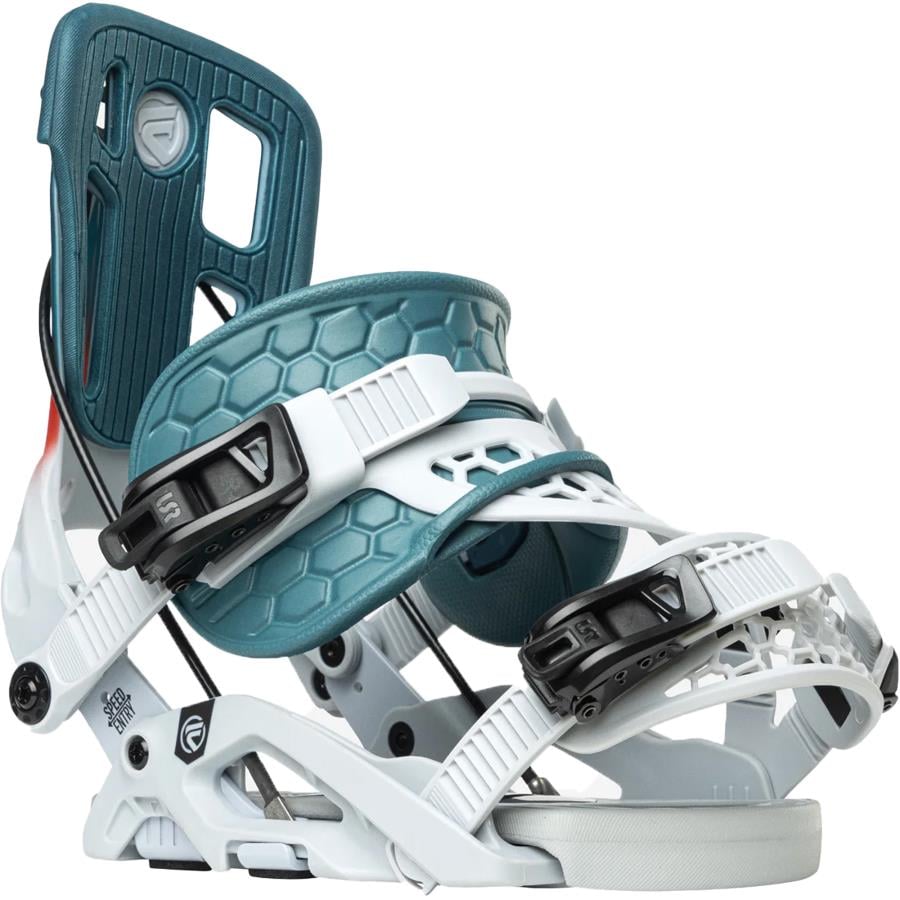
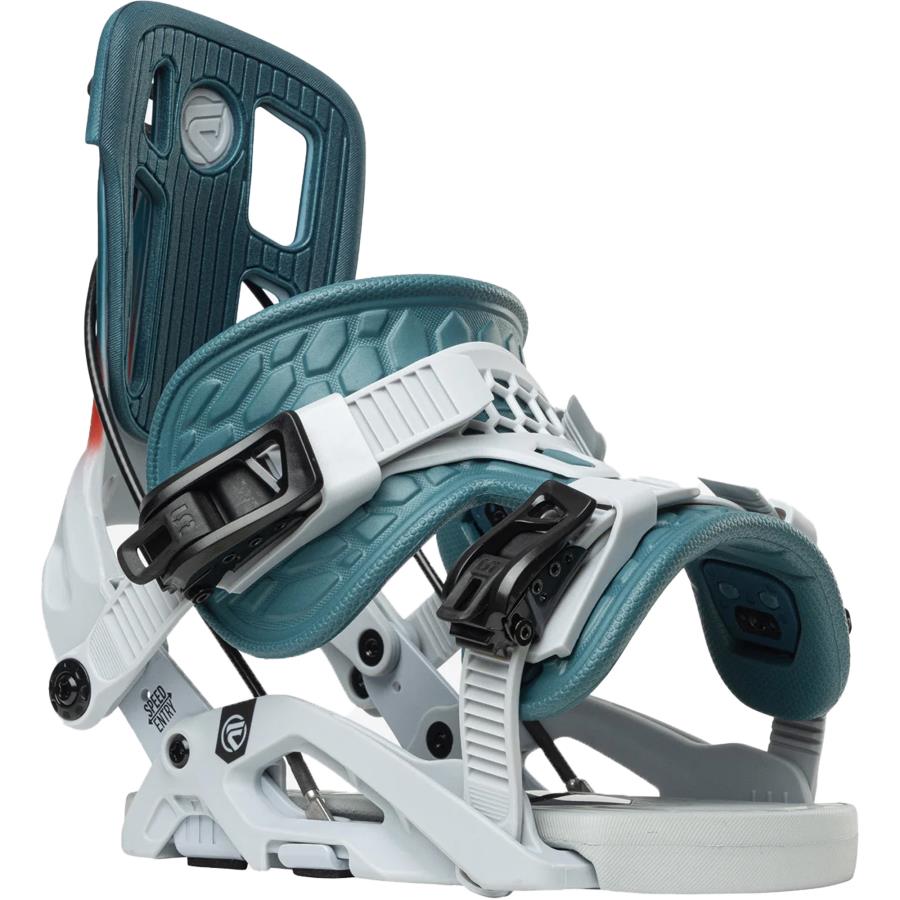
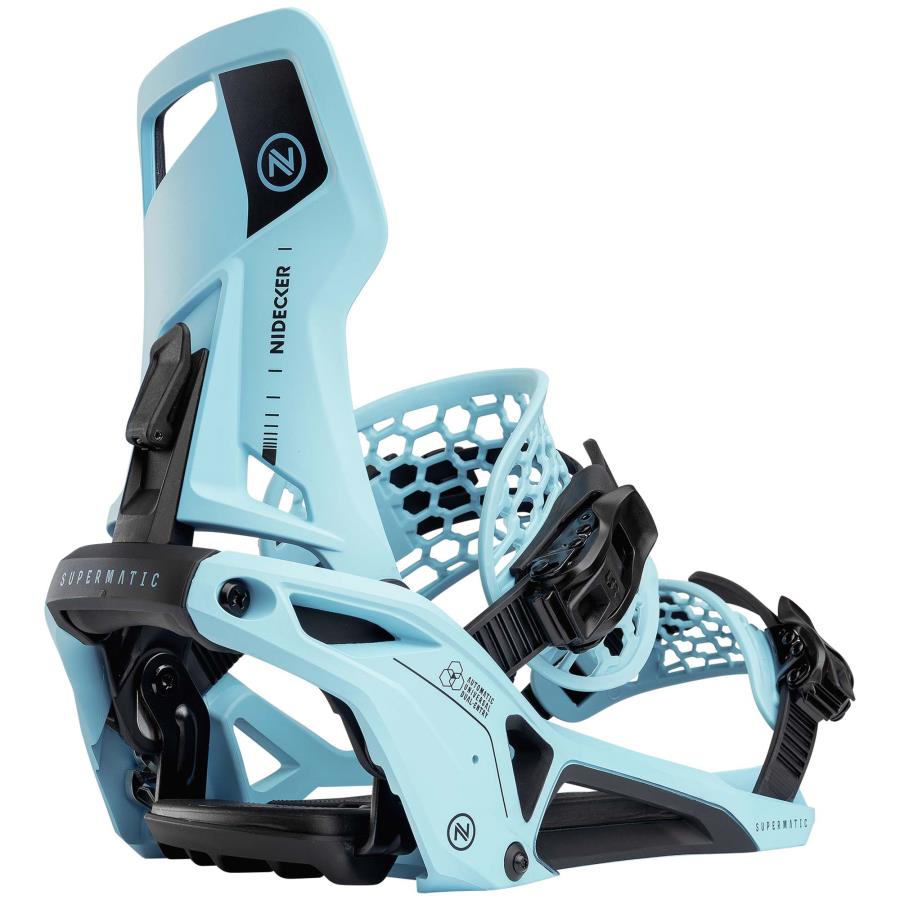
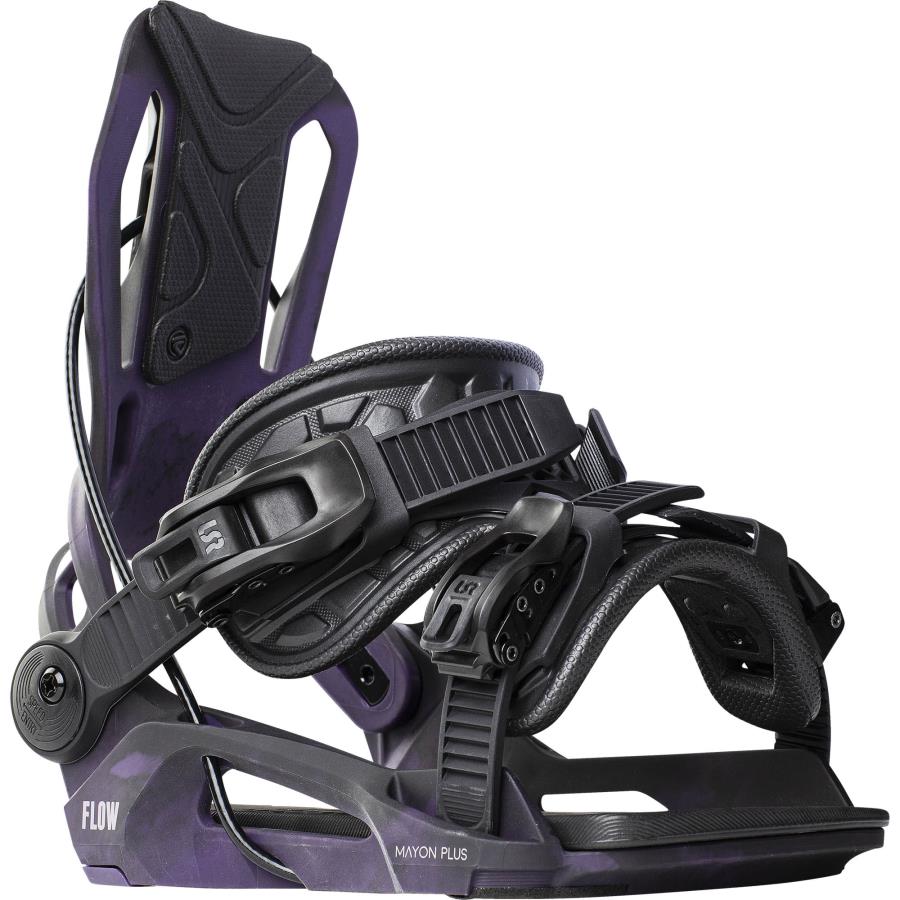


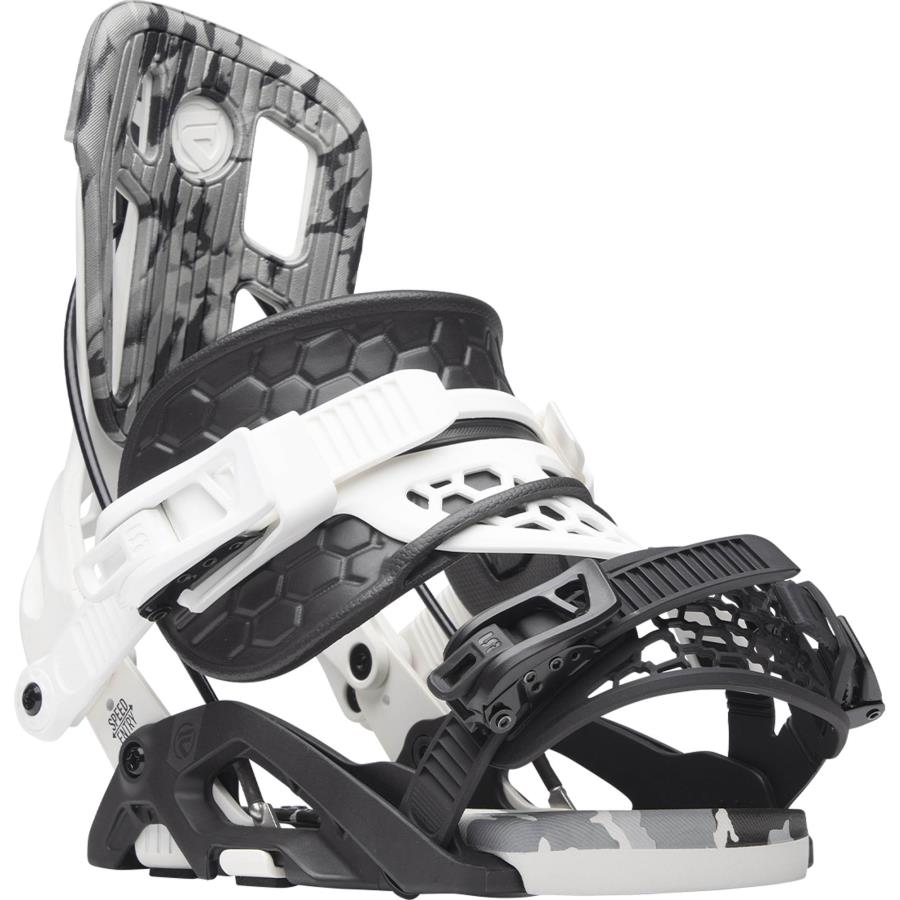

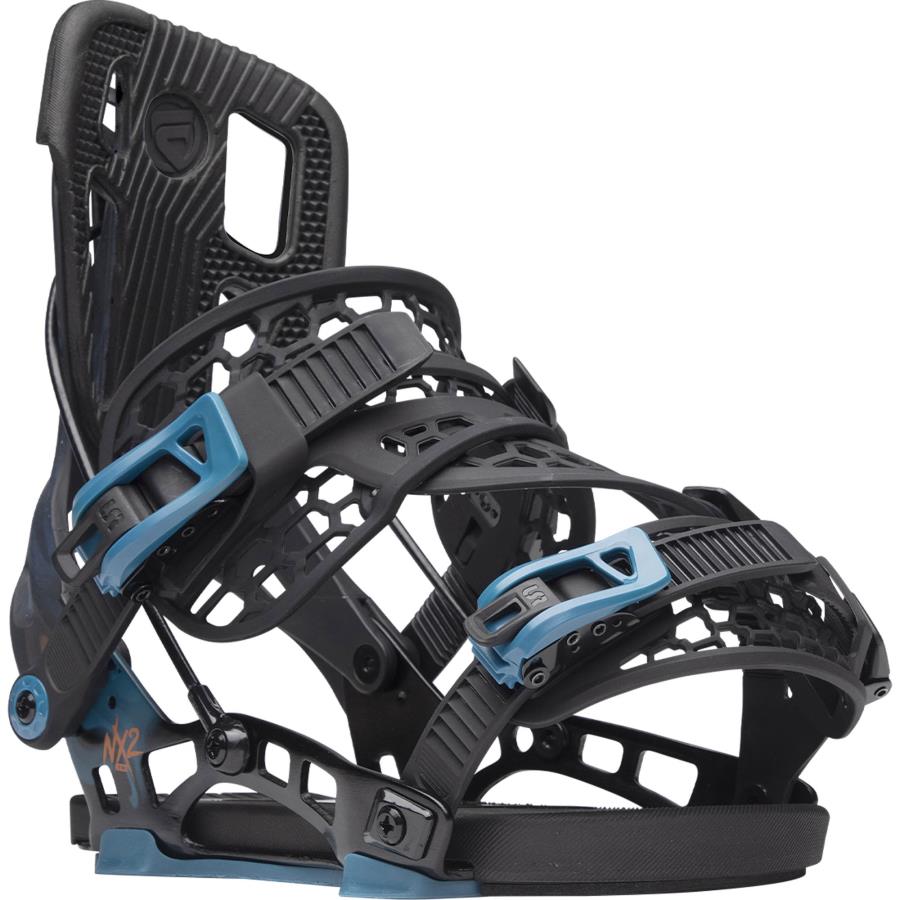

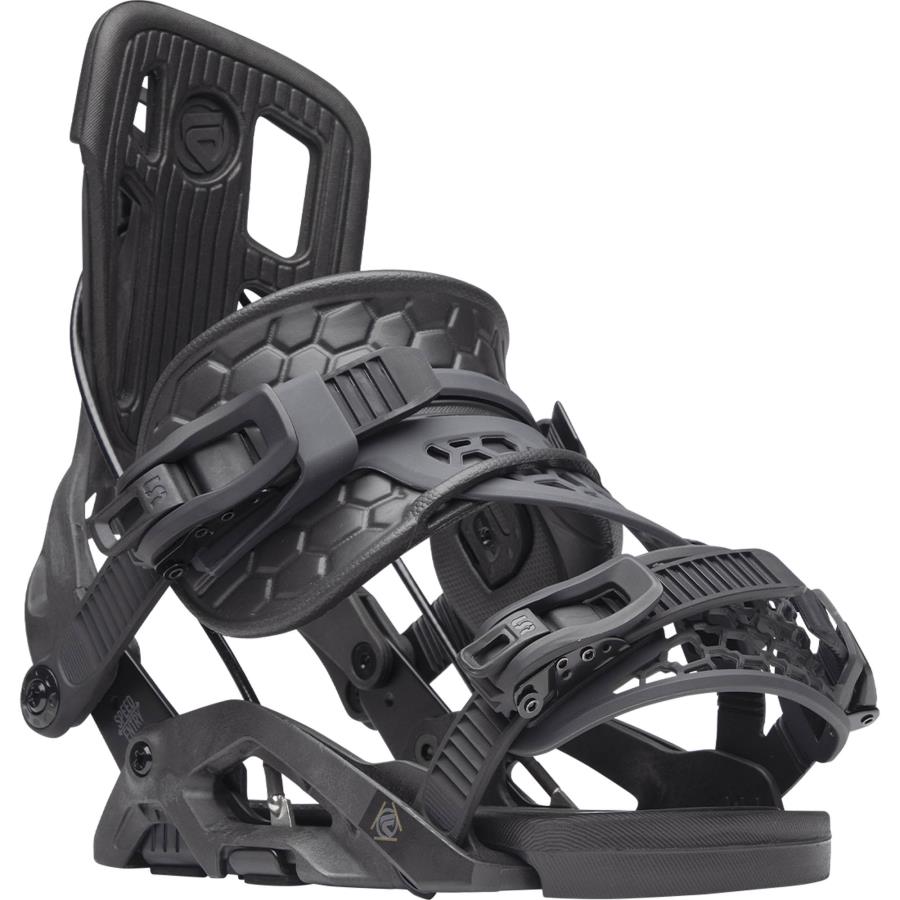
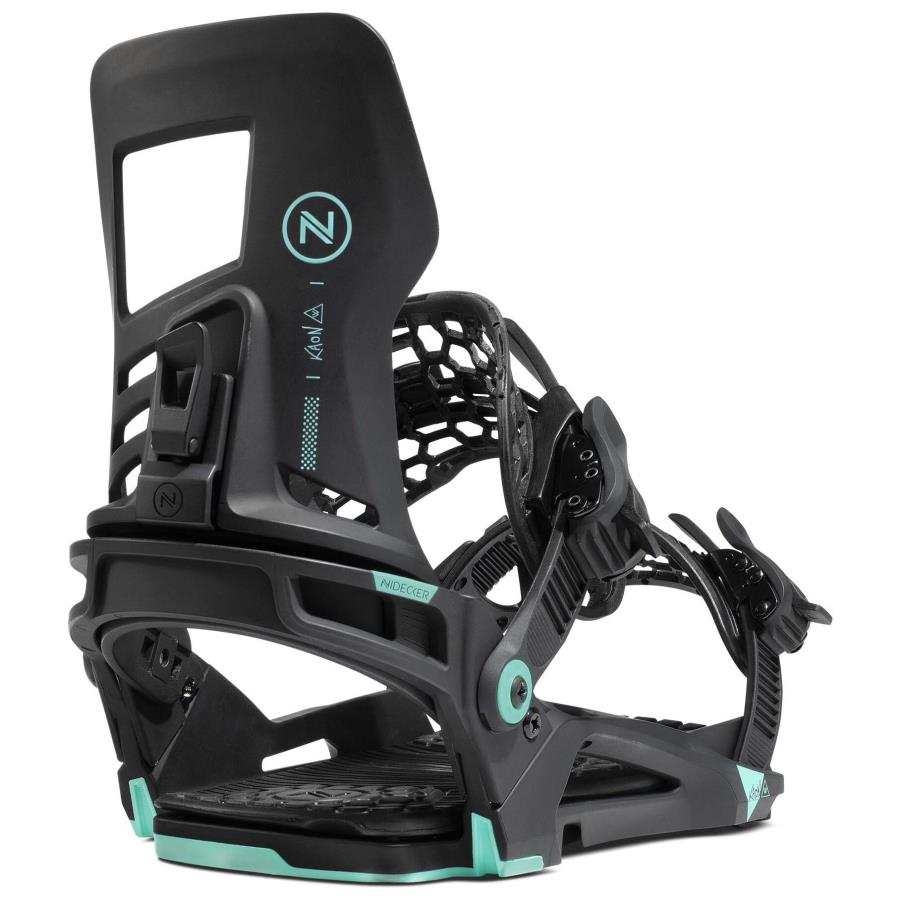
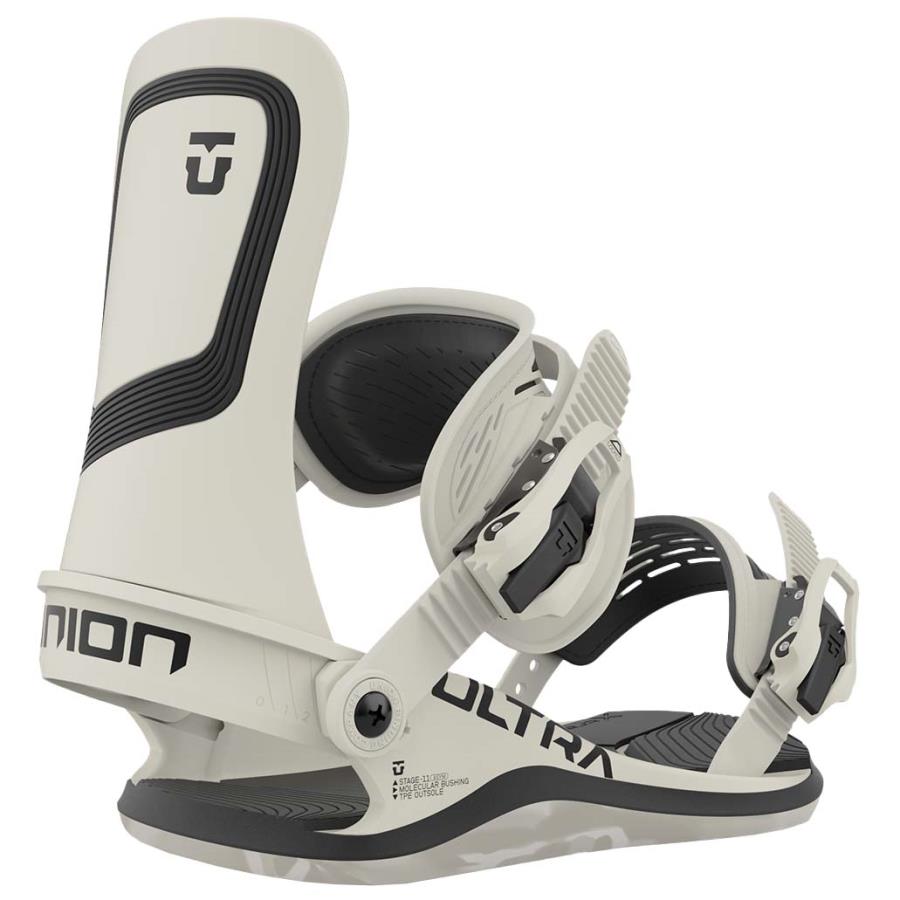
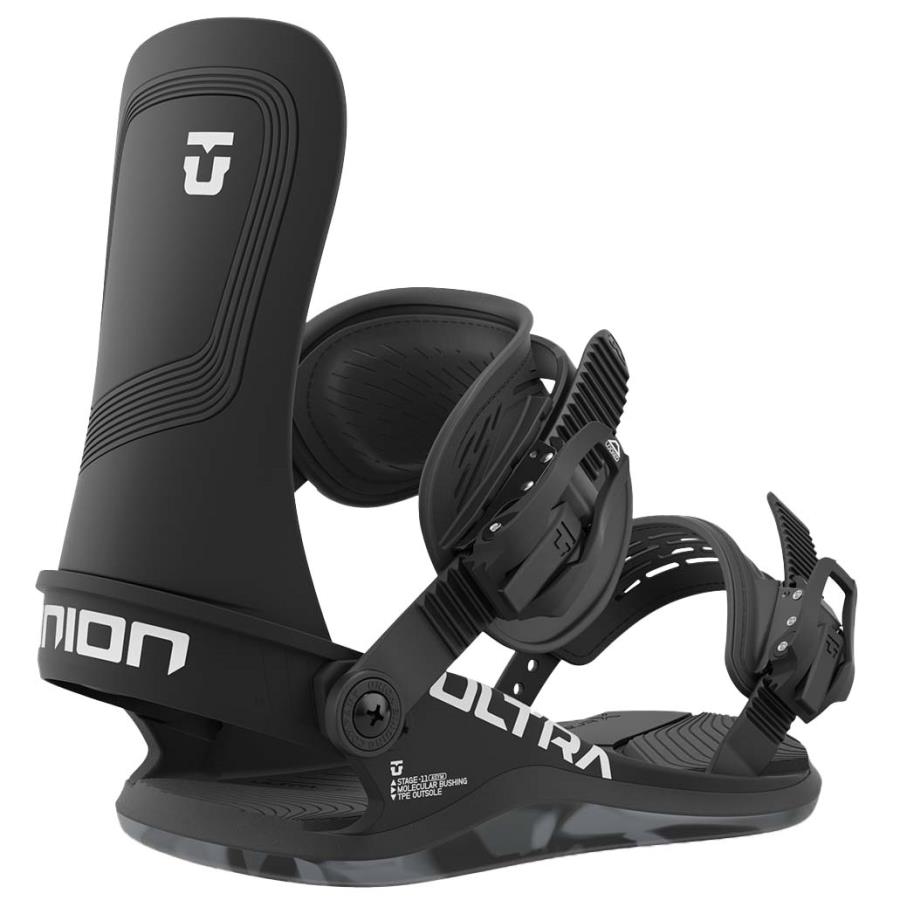
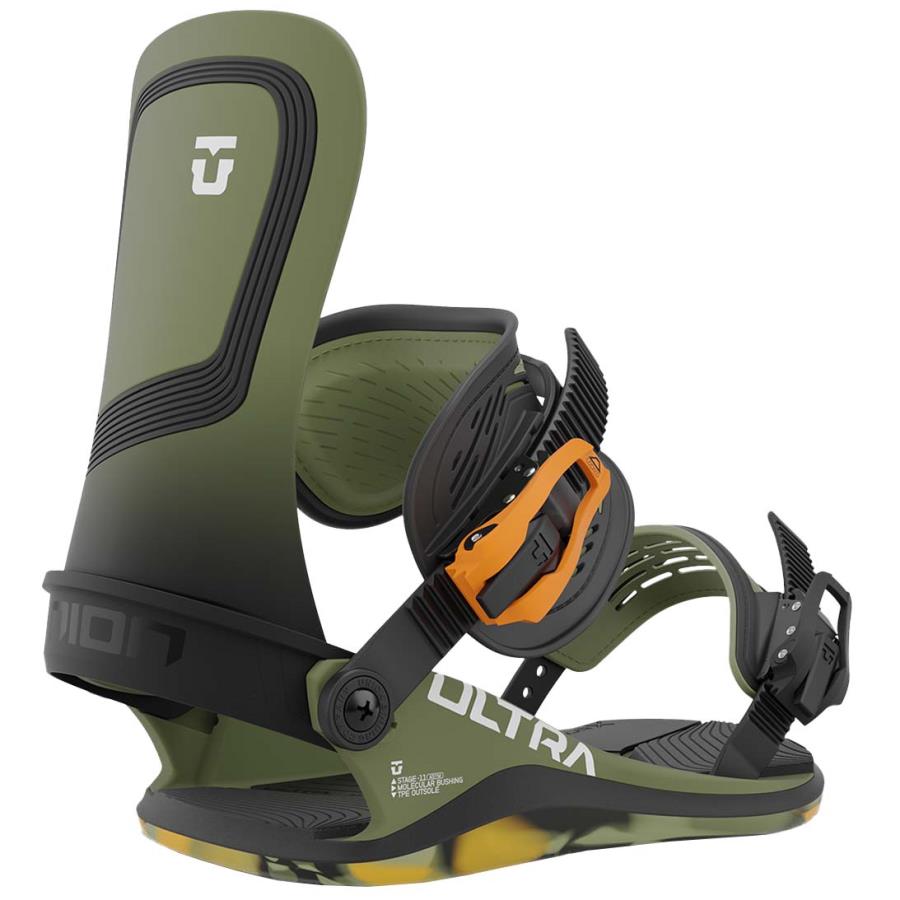
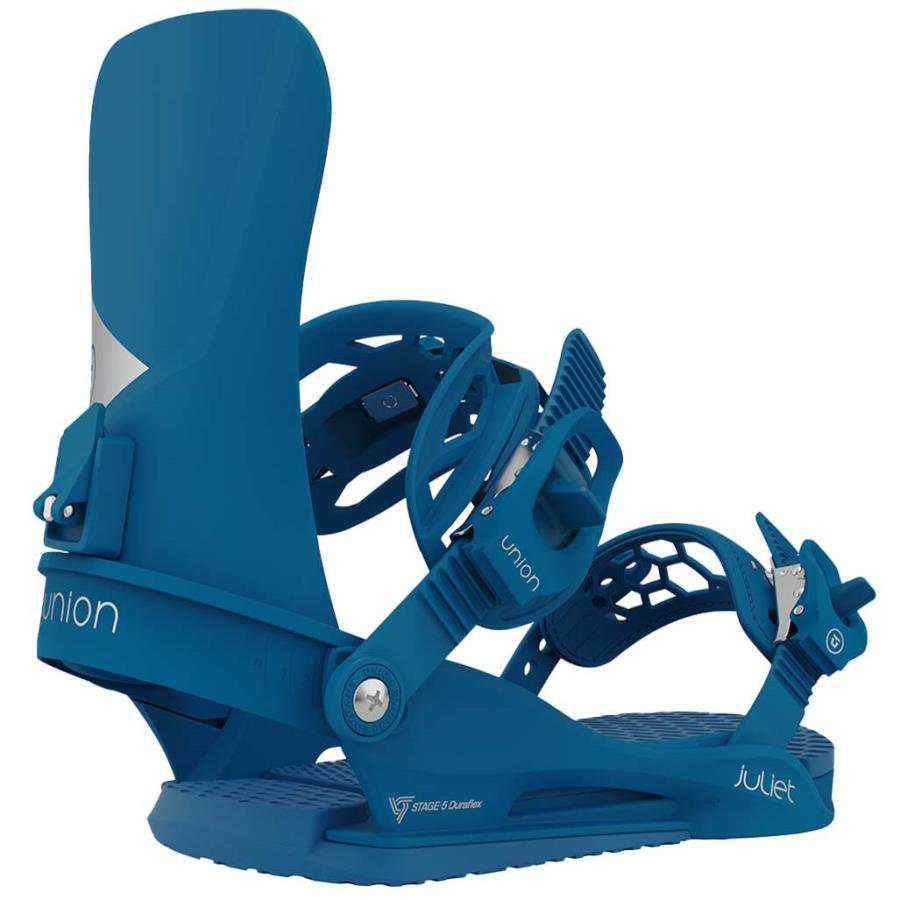
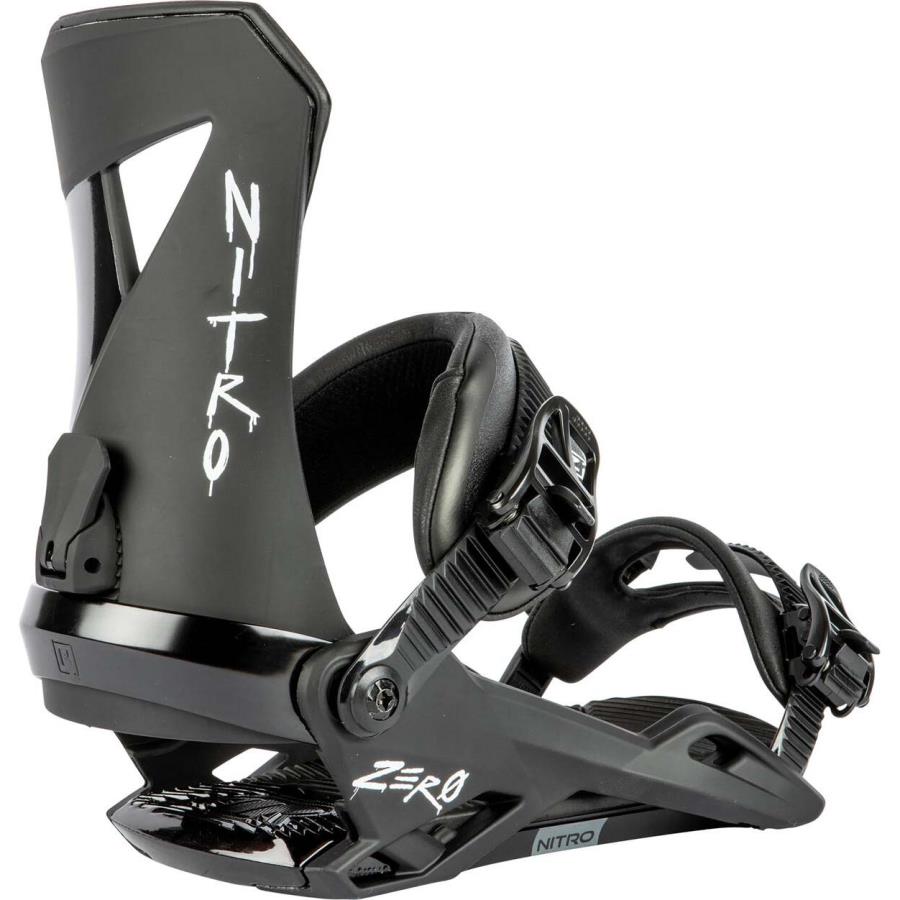
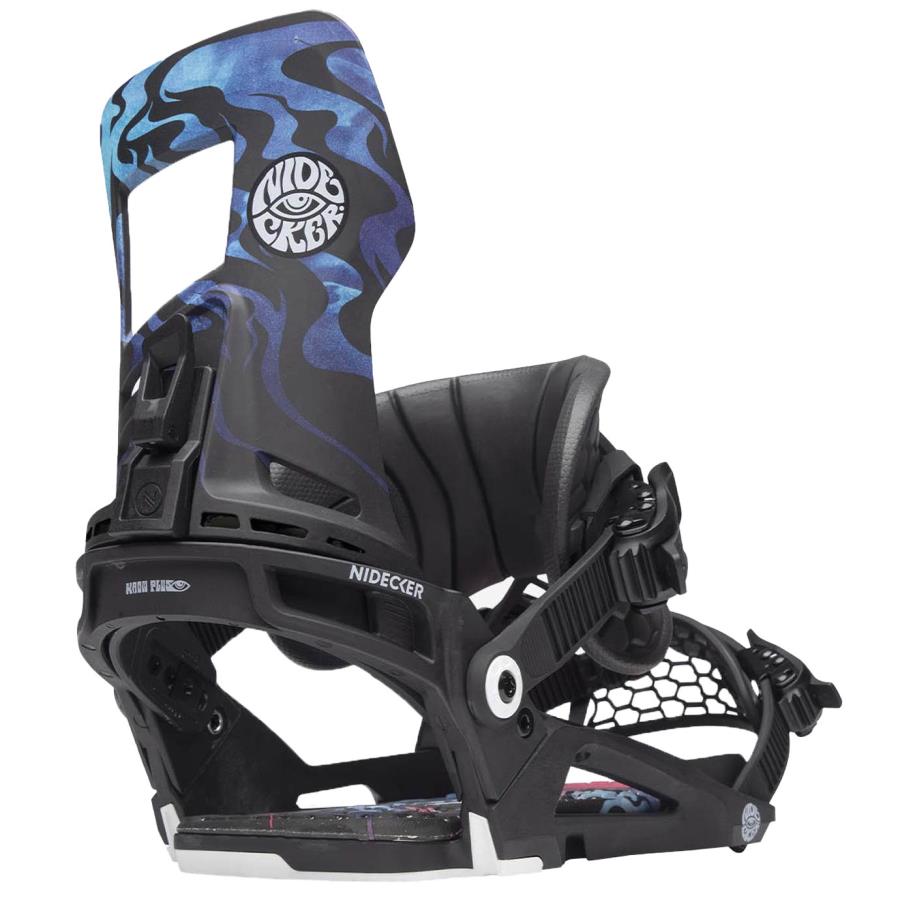
.jpg)

